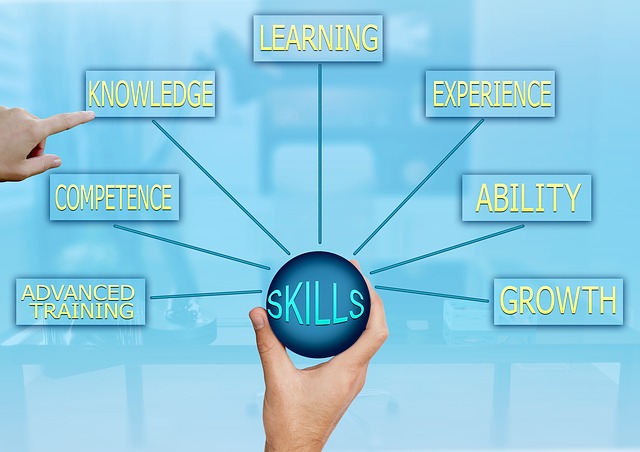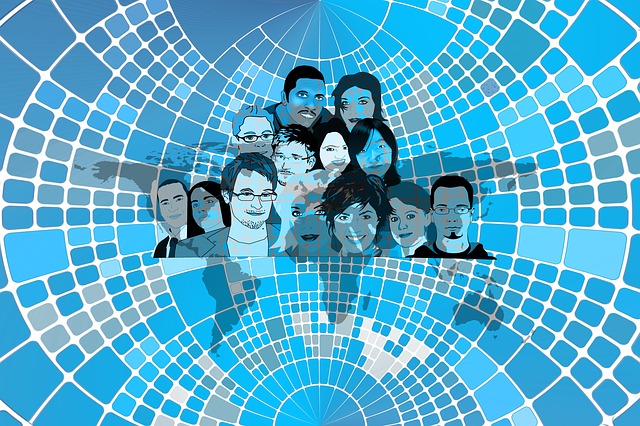The music world and fans are mourning the death of Avicii, Swedish DJ, who died recently in Oman at the age of 28. Tim Bergling, known as Avicii, suffered ill-health for many years as a result of alcoholism and retired from touring in 2016 because life on the road did not agree with his introverted nature. He found he was so nervous before a performance that he would turn to alcohol to overcome his nervousness and to give him encouragement and confidence to perform. During his short life as a music producer, he inspired millions of other producers to explore their potentiality.
Two of his songs had a profound impact on me, not only because of their musicality, but also because of their lyrics. These songs are Wake Me Up When it’s Over and What Are You Waiting For? There are many interpretations of the lyrics of these songs, but recently I have come to interpret them in terms of mindfulness.
Wake me up when it’s all over
The lyrics of this song and the music are haunting and leave an indelible impact through the words, “All this time I was finding myself, and I
Didn’t know I was lost.”
So many of us have lost our way as the pressures of modern living close in on us. Mindfulness is very much about “finding myself” – getting to know your real self and not the narrative you carry in your head. So many people do not know that they are lost – that they have lost meaning in life because they are caught up with the unrelenting flow of expectations, their own and that of others.
Kabat-Zinn often quotes the words of James Joyce, “Mr. Duffy lived a short distance from his body”. Because our lives are taken up with thinking instead of being, we spend so much of our time in our heads, disconnected from our bodies and the world around us.
Kabat-Zinn urges us to “reinhabit our bodies” that we have become disconnected from. His book, Coming to Our Senses, stresses the need, both literally and metaphorically, to reconnect with our senses and the world around us by growing in awareness through mindfulness meditation. He reminds us that we have only one life to live and we are living it now in the present moment.
Somatic meditation – incorporating practices such as mindful walking, Tai Chi and body scan – enable us to become grounded in what Kabat-Zinn calls our “embodied presence“. Different forms of somatic meditation, for example, are used to help trauma victims to find themselves after the devastating and disorientating impact of the trauma experience.
What are you waiting for?
There is never a perfect time to start to grow in mindfulness and to reconnect with yourself. Avicii asks us the penetrating question in his song – You’re only livin’ once so tell me? What are you, what are you waiting for?
Seth Godin, marketing guru and renowned, innovative author, urges us to “start small, start now” with any new endeavour. There are many simple starting points to develop mindfulness that can lead to self-awareness and self-management and the associated benefits of calm, clarity and creativity.
Chade-Meng Tan, co-creator of Search Inside Yourself (Google’s course on mindfulness and emotional intelligence), urges us to “do less than we can imagine” but do it daily and consistently, even if it is only “one mindful breath a day”.
In the hectic pace of modern living and the constant intrusion of disruptive marketing, we are beginning to suffer from the inability to focus and bring our attention to the present moment. Neuroscience confirms the very lasting benefits for mental and physical health of growing in awareness of the present moment through mindfulness.
By Ron Passfield – Copyright (Creative Commons license, Attribution–Non Commercial–No Derivatives)
Image source: courtesy of vuongbibiptp on Pixabay
Disclosure: If you purchase a product through this site, I may earn a commission which will help to pay for the site, the associated Meetup group and the resources to support the blog.











